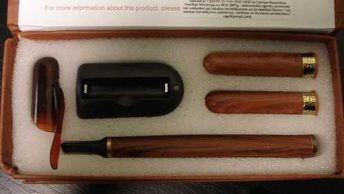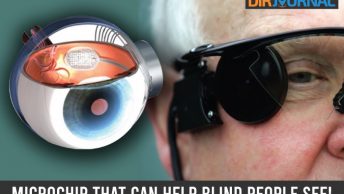Heart transplant, also known as cardiac transplant involves placing a donor heart by either removing the patient’s own heart or leaving it in as a support to the donor heart. This is done on patients who suffer from severe coronary artery disease or end-stage heart failure.
There is so much demand for these heart transplants that it sometimes requires a long wait before suitable hearts are found for the patients and many patients die during the waiting period.
Frank Pagani, a doctor at the University of Michigan Medical Center came up with a life saving device, the heart pump. It all began when a suitable heart was not available for a patient who needed a transplant, and Dr. Pagani decided to experiment implanting a heart pump.
This device, implanted in the patient’s chest was the second such procedure to be done in the U.S. Today, this device is implanted in 400 patients who are currently undergoing a clinical trial. It is also awaiting approval from the U.S. Food & Drug Administration (FDA,) to be used as a stopgap for people waiting for a heart.
These devices are manufactured by Thoratec Corp. in California. This company is in the process of completing a trial of another more advanced device called HeartMate II, which can be implanted permanently in the heart, in place of a transplant. If the trial turns out to be successful, it would be great news for younger patients with heart damage.
Thoratec Chief Executive Gerhard Burbach says, “HeartMate can save a much broader group of patients than transplants.” The advantage with a HeartMate is that it can be replaced when worn out, while heart transplants cannot be. Statistics also show that almost 50% of the patients, who undergo heart transplants, do not survive even ten years.
Experts in the field call this pump a marvel of technology. This titanium cylinder is just the size of a D battery and is powered by an external battery that is worn over the patients’ shoulders. The pump connects to the heart through a tube that is fixed into a diseased left ventricle, which pumps oxygen-rich blood into the body. Blood comes right from the left ventricle into the pump, and from the pump it is forced through the aorta, with the help of a turbine that spins at 8,500 rpm. The turbine produces continuous flow of blood but there is a weird and scary side effect: Patients have little or no pulse.
Going back into history, the first ventricular assist device was devised in 1975 by the now Thoratec technology chief, Victor Poirier. At that point, his aim was to come up with a pump that had the capacity to send ten quarts of blood through the body, at the rate of 120beats/min. He says, “At the time we didn’t know how the body would react to constant flow; so we built a pulsatile pump to mimic the heart.”
The HeartMate IIs best points are its small size and durability. The turbine keeps moving continuously on synthetic ruby bearings, which are lubricated by the flowing blood. These rubies are well-known for their toughness and have been used for a long time by Swiss watchmakers. During the various tests conducted, researchers found that the rubies in HeartMate II were seen to be long-lasting and showed an almost non-existent wear even after two years. The turbine was also designed in such a way that its blades do not touch the blood, and this prevents cells from bursting.
In a trial that was conducted last year, it was seen that 77% of the 130 trial patients who used HeartMate II, were still alive after 12 months of having implanted the device.
In spite of all the advantages, HeartMate II has quite a few drawbacks. The problem of blood clots that can foul the turbine is a major concern and patients are required to take blood thinners, which can get very inconvenient. Patients will have to wear the batteries on the shoulders, whenever they wish to go around. The cable that connects the external batteries to the pump can be a source of infection too.
Heart Mate is not cheap either and it costs anywhere in the range of $75000 to $100000 and a three week hospital stay and other charges comes to $230000; whereas in comparison, a heart transplant costs about $160000 and requires a two week hospital stay.
Thoratec and a few other companies, like World Heart in California and Ventractor in Australia, are working on more advanced technology that will make these pumps run on power that is supplied by a battery fixed internally, which gets recharged wirelessly with the help of a coil outside the skin. Cardiologists believe that they are not far away from a time when devices using these technologies take over.












